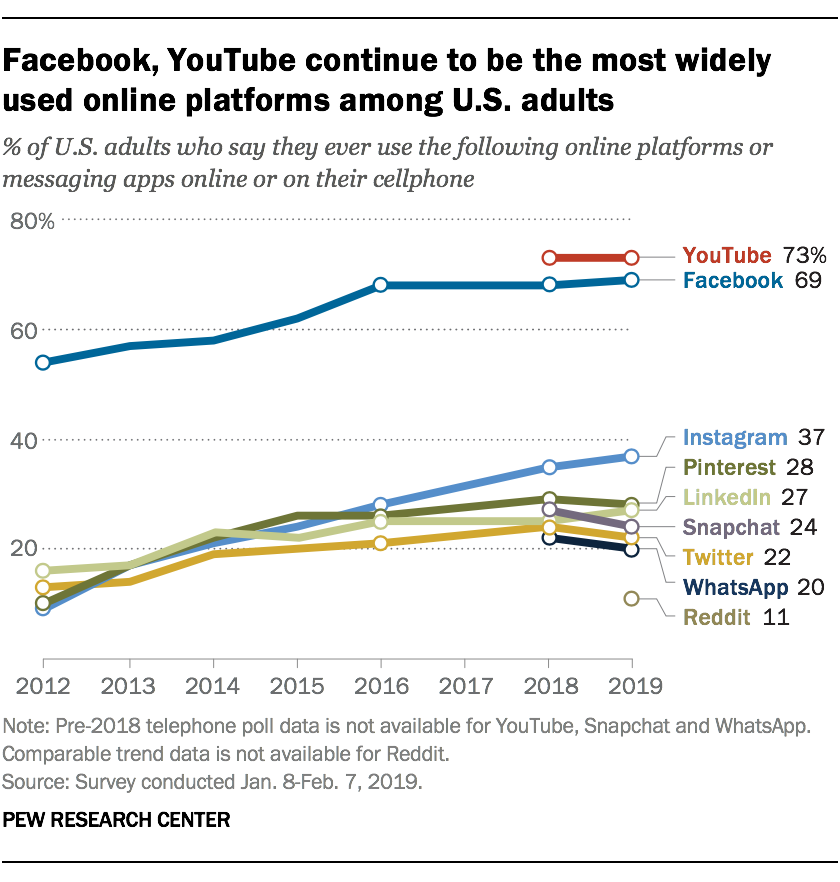The North Carolina General Assembly recently passed S.L. 2022-30 (S 766) which increases the penalties for organized retail theft, provides additional penalties for damage to property or assault of a person during the commission of organized retail theft, and clarifies the procedure for the return of seized property to the lawful owner. The new criminal provisions go into effect on December 1, 2022 and apply to offenses committed on or after that date.
Evidence
Biological Evidence in the Courtroom: Mandatory Judicial Inquiry
What comes to mind when you think about physical evidence that is also biological evidence? It might be a bloodstained shirt or the contents of a sexual assault examination kit. What about a bedspread or a laundry basket? How about a door or a phone booth? These are all items I have seen in evidence rooms across North Carolina in my work with the North Carolina Conference of Clerks of Superior Court on receiving, storing, and disposing of evidence. It is possible that each of these items meets the statutory definition of biological evidence. G.S. 15A-268 establishes that definition and provides explicit requirements around the preservation and disposal of biological evidence, including a specific inquiry into biological evidentiary value that courts must engage in each time physical evidence is offered or admitted into evidence in a criminal proceeding.
New Guidance on Authenticating Social Media
 Nearly half of the 7.7 billion people in the world are on social media, and each of those users has an average of 8 different accounts. The rate is even higher in the U.S., with around 70% of the population active on social media for an average of 2 hours every day. You can find more jaw-dropping statistics here.
Nearly half of the 7.7 billion people in the world are on social media, and each of those users has an average of 8 different accounts. The rate is even higher in the U.S., with around 70% of the population active on social media for an average of 2 hours every day. You can find more jaw-dropping statistics here.
Given these trends, it’s no surprise that social media evidence is showing up more frequently in criminal cases. A quick search for criminal cases mentioning the most common social media platforms brought up well over 100 North Carolina cases decided in the last decade, but only a few of those cases have directly analyzed the authentication requirements for this type of evidence. The Court of Appeals recent decision in State v. Clemons, __ N.C. App. __ (Dec. 1, 2020) provides some additional guidance in this important area.
Resurrecting the Good Faith Exception in North Carolina?
Conventional wisdom says that unlike the federal court system, we do not have a good faith exception under North Carolina law. Even though G.S. 15A-974 was amended in 2011 and now expressly provides for a statutory good faith exception, most practitioners agree that its use remains off limits under our state constitution unless and until State v. Carter is overruled.
If you had asked me a month ago, I would have confidently said “yep, that’s the law.” Today, I’m a little less sure. Two recent Court of Appeals decisions have renewed the question of whether Carter actually says what we think it does.
Case Summaries – North Carolina Court of Appeals (July 7, 2020)
This post summarizes published criminal opinions of the Court of Appeals decided on July 7, 2020.
Summer 2020 Hemp Update
On Thursday, June 4, 2020, the North Carolina General Assembly passed S.B. 315, referred to as the State Farm Bill, which was subsequently signed into law by the Governor. The bill was pending all last session and stalled, allegedly over a dispute about how to treat smokable hemp. As I understand it, the bill originally intended to clarify that hemp in all forms (including smokable hemp) was legal (here is an earlier version of the bill taking that approach). After hearing objections from law enforcement and prosecutors (as detailed in the SBI memo on the subject), the proposed bill was changed to ban smokable hemp and regulate the rest of the hemp industry in a variety of ways. When the bill was last being discussed in the news, the dispute at the General Assembly had apparently narrowed to when the smokable hemp ban was to kick in. But, the bill never passed last session, and we were without a Farm Bill until this month. So, what big changes does the bill have in store for hemp in North Carolina?
New Video Tech, Same Old Rules

My colleagues and predecessors here at the School of Government have written about video evidence many times over the years, summarizing the basic rules and significant cases in posts available here, here, here, here, and here.
Recently, though, I’ve been getting questions about a relatively new but increasingly common type of video evidence: high-tech, app-controlled, and remotely stored videos taken by automated devices ranging from doorbell cameras to wifi-enabled, cloud-connected, teddy bear spy cams. Do the old rules still work the same way for these new video tools? Is it substantive or illustrative evidence? If it’s substantive, how is it authenticated? Is a lay witness qualified to testify about how these cameras work? Does the proponent need the original video? Come to think of it, what is the “original” of a video that exists only as bits of data floating somewhere in the cloud…?
The Rules When There Are No Rules
In this blog post from 2012, Professor Jessica Smith summarized Rules of Evidence 101 and 1101, which together dictate that the rules of evidence apply to “all actions and proceedings in the courts of this State,” except for proceedings that are specifically excluded by the rules or another statute. Pursuant to these two rules and the case law interpreting them, proceedings at which the rules of evidence (except for rules of privilege) do not apply include: applications for warrants; grand jury proceedings; first appearances; pretrial release hearings; probable cause hearings; hearings on motions to suppress; witness voir dire; sentencing hearings; probation revocation hearings; and more.
That’s quite a list. If the rules of evidence do not apply to any of these proceedings, are there any limits at all on the evidence that may be offered? Could an unsworn and mentally incompetent witness with no personal knowledge offer irrelevant and prejudicial triple-hearsay testimony about a prior conviction more than 10 years old, offered solely for the purpose of showing the defendant’s bad character and the likelihood that he acted in conformity therewith?
Surely not. But if there are no rules of evidence, why not? The short answer to nearly any question about the admissibility of evidence under Rule 1101(b) is “it’s in the judge’s discretion,” but what guides that discretion, and what are its limits?
Does Miranda Apply When Defendant’s Lawyer is Present?
If you type “miranda” into the search box on this blog, it will return more than 50 posts covering a wide range of related topics: the meaning of custody, deficient warnings, knowing and voluntary waivers, ambiguous assertion of rights, special rules for juveniles, readvising and reinterviewing, public safety exceptions, and many, many others.
But I was stumped recently by a deceptively simple question that I had not heard before, and did not come up in those results: what if the defendant’s lawyer is present? Does an in-custody defendant still have to be advised of his Miranda rights before he can be questioned by police?
I did some digging, and the case law on this issue genuinely surprised me.